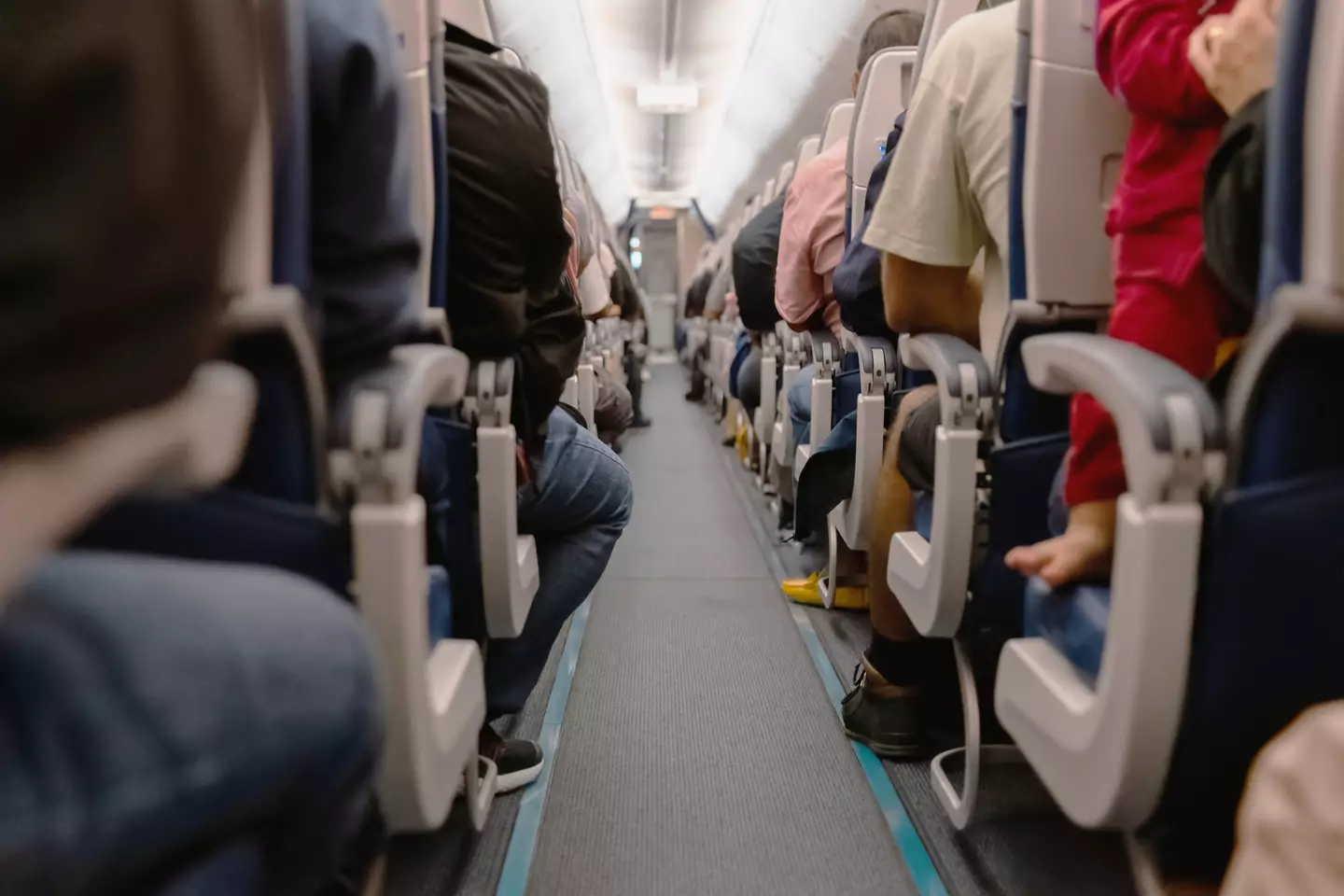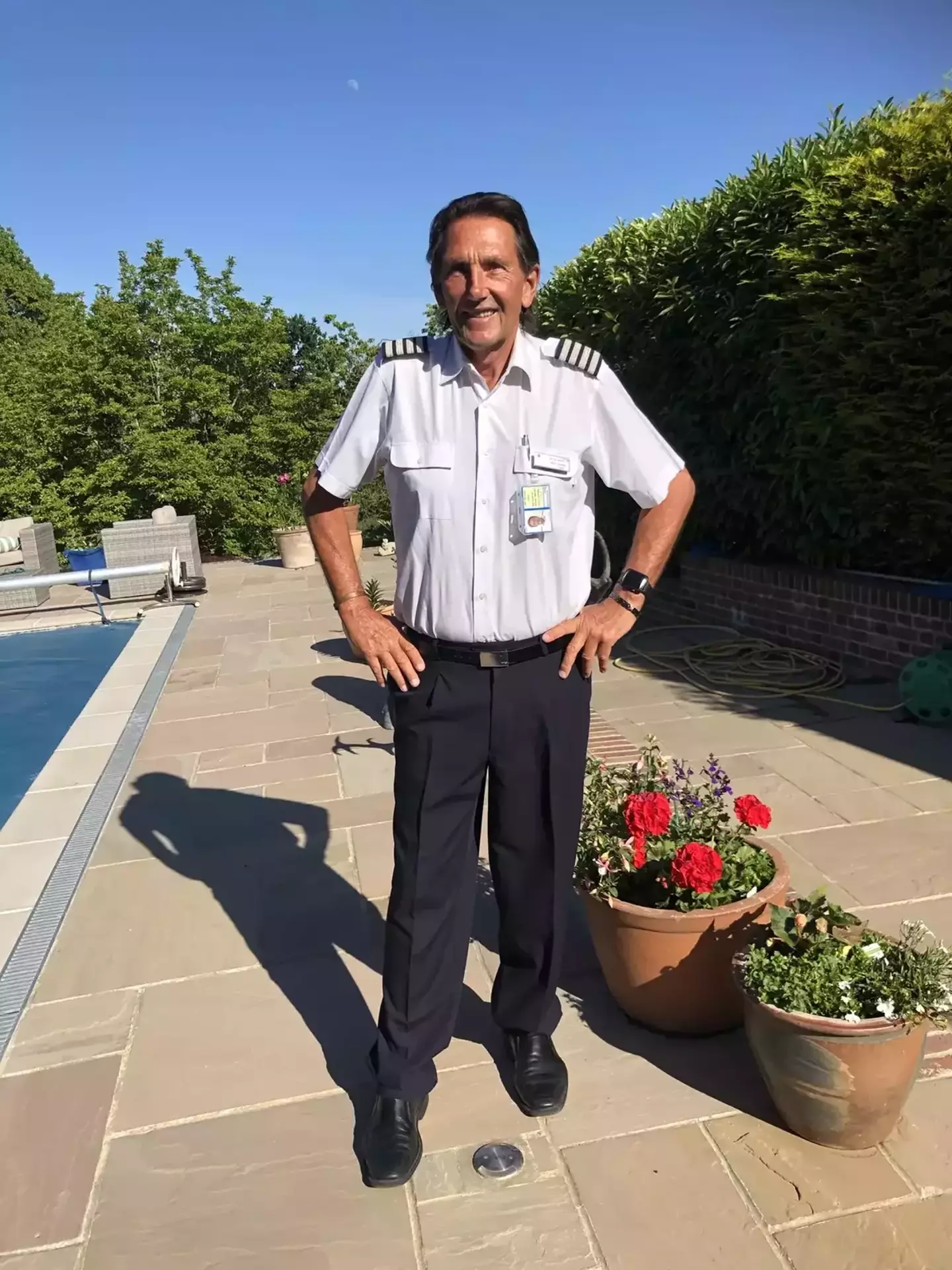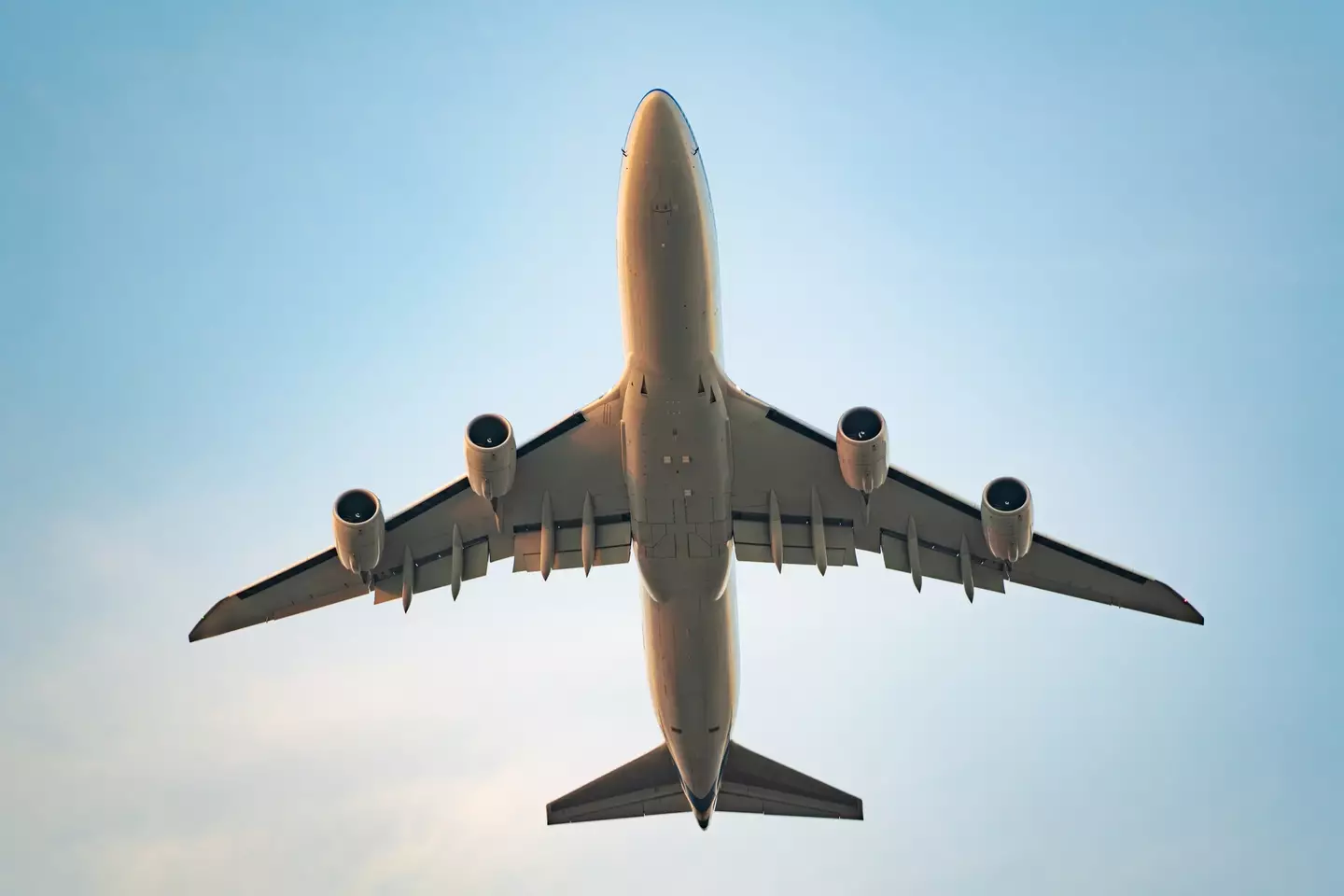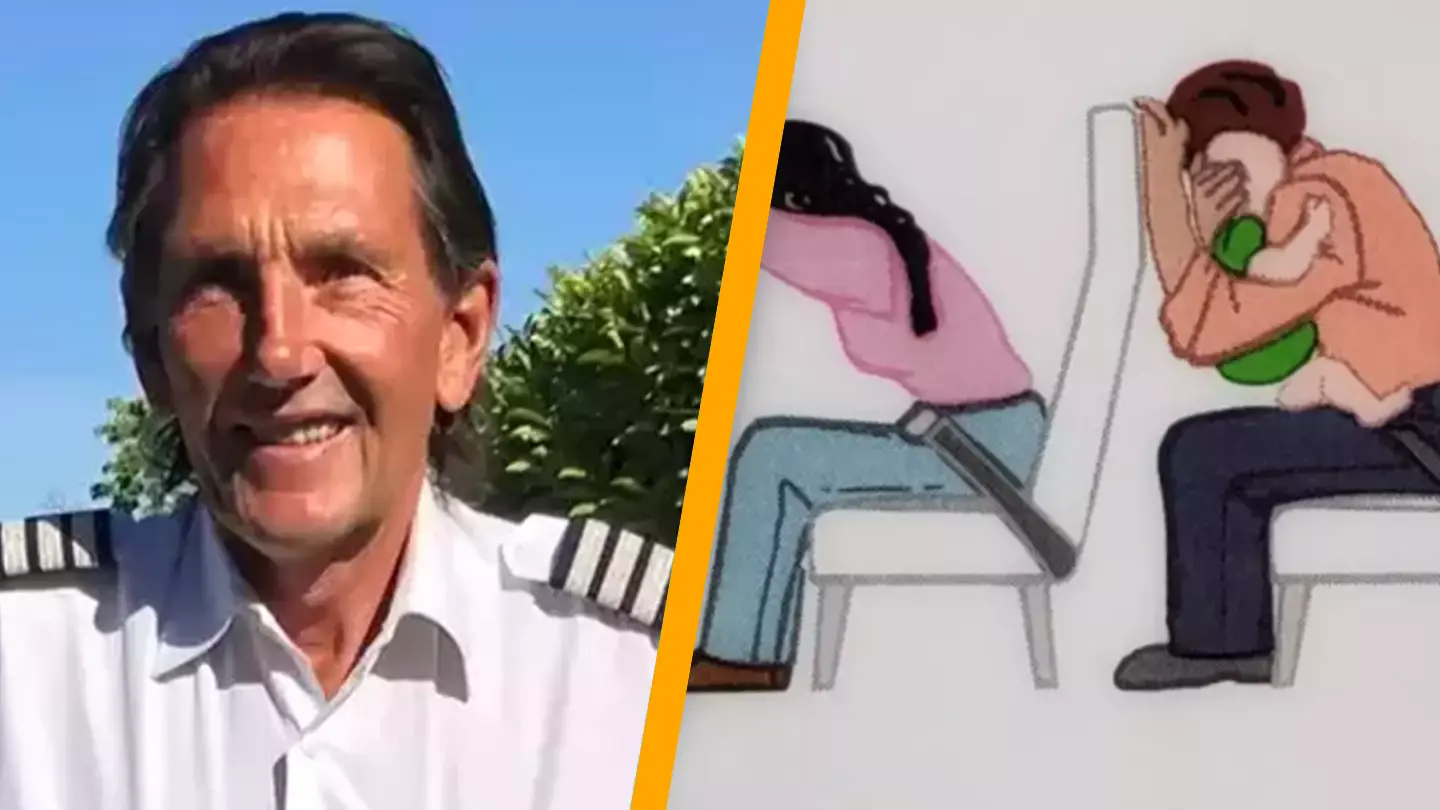A seasoned pilot has shared insights into why the ‘brace position’ is a critical part of in-flight safety instructions and its potential life-saving benefits.
Research from the Cleveland Clinic indicates that over 25 million adults in the US experience Aerophobia, or a fear of flying.
This intense anxiety might stem from a fear of confined spaces, a dislike of heights, or the terrifying thought of a crash.
For those who pay attention to safety demonstrations before take-off, it is clear that cabin crew prioritize passenger safety.
The trained crew provides vital guidance on emergency procedures, including the correct position to assume during impact, making it worthwhile to watch the demonstrations.

Nick Eades, recognized as the world’s longest-serving Boeing 747 Captain and now an author, has highlighted the significance of passengers familiarizing themselves with the brace position before flying.
After earning an Economics degree from the University of Essex, UK, Eades joined British Airways in September 1987.
Remaining with the airline throughout his career, Eades retired after nearly 35 years of service in March 2022.
Post-retirement, he has authored two books: “The Self Improver” and its follow-up, “Still Improving”.
Drawing from his extensive experience, Eades recently explained why airline staff recommend the brace position during emergencies.

Airline passengers are introduced to the brace position during mandatory pre-flight safety briefings and through informational leaflets. But does this position truly help? Can it prevent injuries?
In an interview with LADbible, Eades explained that the brace position is intended to prevent neck injuries during severe impacts.
“You’re just trying to get the body into a position that’s going to suffer the least damage. It’s like whiplash – you’re trying to avoid that sudden movement of the head, which can result in serious injury, if not death.”
However, the phrase ‘brace, brace’ may soon be discontinued.
Eades notes that cabin crew members are no longer trained to instruct passengers to assume the brace position due to language barriers.

“I’ve had a couple where we had problems with the landing gear, and the cabin crew shouted to all the passengers ‘brace, brace!’,” he said. “Now, if you think about it, I would say at least half – probably three-quarters – of passengers on the aeroplane don’t speak English as a first language.
“It took a long time for the aviation world to realise if you’re suddenly thrown into an emergency situation and people start shouting ‘brace’ at you, you might think, ‘what the hell do they mean?’”
Consequently, future flights might feature a new phrase in safety briefings.
“They’ll replace it with ‘heads down, hands over your head’,” Eades stated. “At least that gives somebody in probably the most stressful position they’ll ever be in in their lives something to do.”
His point is indeed a valid one.

